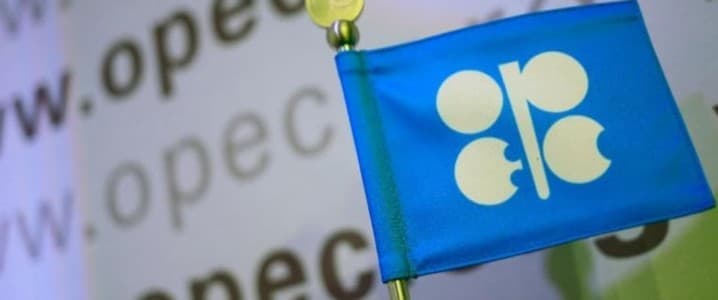OPEC+ delegates are gathering in Vienna this week to tackle one of the cartel’s most divisive issues: how to measure members’ maximum production capacity. The outcome will shape 2027 production baselines and, by extension, who gets to pump more oil.
The politics are thorny. The UAE, having invested billions to raise capacity, wants higher quotas to match. African members, meanwhile, have seen their productive capability erode and fear losing ground. Angola quit the group entirely last year over a quota dispute, underscoring how fraught the issue has become.
At stake is more than internal equity. Spare capacity—the barrels OPEC+ could bring online quickly—has shrunk and is concentrated in Saudi Arabia, the UAE, and Kuwait. Recent quota hikes, like the modest 137,000 bpd increase earlier this month, have been more symbolic than real. Traders largely ignored the specter of oversupply because several members remain well below quota, while Iraq and Kazakhstan are still compensating for past overproduction.
This gap between “paper barrels” and physical barrels looms large. OPEC’s September report left demand growth steady at 1.3 million bpd for 2025, with Asia and the Middle East doing the heavy lifting. Supply growth outside OPEC+—led by the U.S., Brazil, and Canada—is slowing, while Russian exports remain under sanction risk. In other words, the market still looks tighter than the glut narrative suggests.
But longer-term, the picture darkens. As Eric Nuttall, partner and senior portfolio manager at Ninepoint Partners, noted today on X, global reliance is shifting to long-cycle offshore projects, which take decades to bring online. IEA data shows average lead times from discovery to first oil have stretched beyond 15 years. Meanwhile, conventional discoveries have plunged since the 1970s. With U.S. shale plateauing and OPEC’s spare capacity nearly tapped, future barrels will be scarcer and slower to arrive.
That makes OPEC+’s capacity math more than bureaucratic bookkeeping. It’s a battle over market share in a world where the true supply cushion is thinner than ever.
By Julianne Geiger for Oilprice.com
More Top Reads From Oilprice.com

